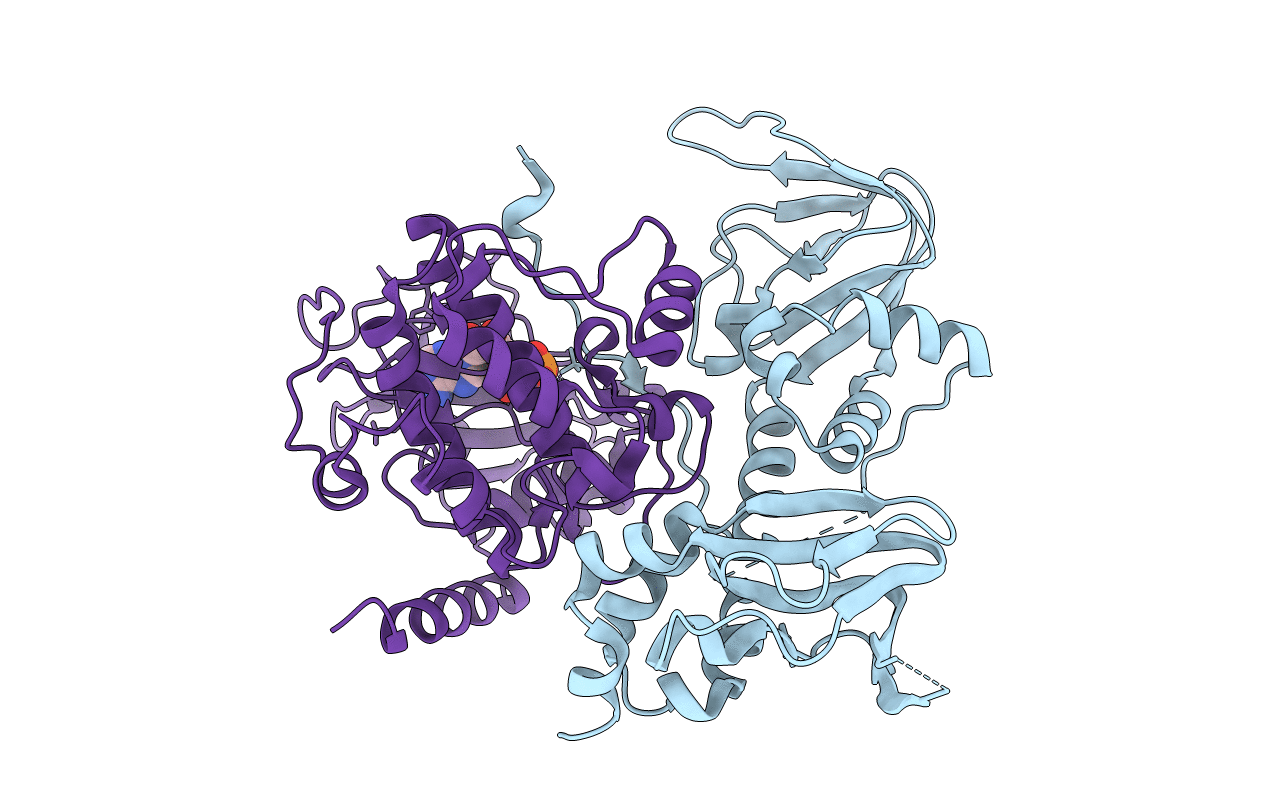
Deposition Date
2014-09-02
Release Date
2015-05-20
Last Version Date
2024-10-30
Entry Detail
PDB ID:
4WBB
Keywords:
Title:
Single Turnover Autophosphorylation Cycle of the PKA RIIb Holoenzyme
Biological Source:
Source Organism:
Mus musculus (Taxon ID: 10090)
Host Organism:
Method Details:
Experimental Method:
Resolution:
2.80 Å
R-Value Free:
0.27
R-Value Work:
0.23
Space Group:
C 2 2 2


